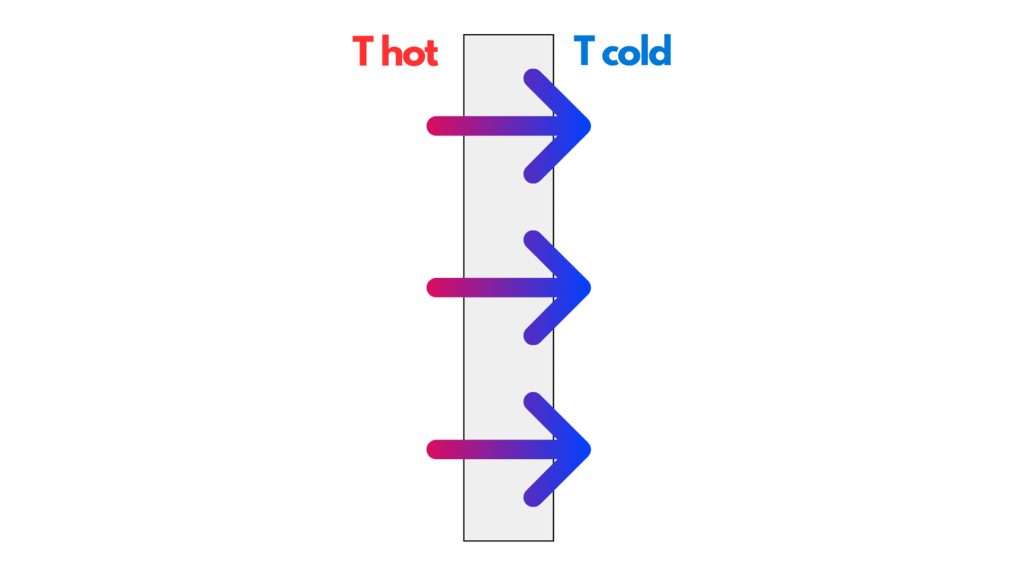
As you strive to create a more energy-efficient home or commercial building, you'll inevitably encounter the term "R-value". This critical measurement plays a crucial role in determining how effective your insulation will be. To fully comprehend its significance, it's essential to delve deeper into what R-values are, what affects them, how they can vary based on the insulation's location, and how to calculate the R-value of a structure.
Understanding R-Values
The R-value is a measure of thermal resistance, a quantitative way of expressing how proficient a material is at resisting heat flow. The "R" in R-value stands for "resistance" and refers to the resistance a material has to the conduction of heat.
When you are examining insulation materials, a higher R-value indicates greater insulating power. It means that the material can effectively slow down the transfer of heat. Ultimately, this makes your home or building stay warmer in winter and cooler in summer.
The R-value of an insulation material is derived from its type, thickness, and density. The ambient conditions such as temperature and humidity, and the material's state, including its age and moisture content, are also significant factors that determine the R-value.

Factors That Impact R-Values
Numerous factors can influence the R-value of an insulation material. Let's explore these in more depth:
- Material: Each insulation material has an inherent R-value per inch of thickness. For instance, while traditional materials like fibreglass and cellulose offer R-values around R-3 per inch, more advanced, high-performance materials such as polyurethane foam can offer R-values as high as R-6 or R-7 per inch.
- Thickness: It's pretty straightforward – the thicker the insulation layer, the higher its R-value, implying better insulation. However, it's worth noting that the relationship between thickness and R-value isn't linear. Therefore, doubling the thickness won't necessarily double the R-value.
- Density: Denser insulation materials usually boast higher R-values. However, optimal insulation performance is often achieved by striking a balance between density and thickness.
- Age and Condition: Insulation materials can degrade over time due to a variety of reasons, such as compression, damage, moisture, pests, and mould. This degradation can significantly impact the material's R-value.
- Installation: Proper installation is key to maintaining the insulation material's R-value. Issues like compression, gaps, overlaps, or incomplete coverage can result in 'thermal shortcuts', allowing heat to escape more easily.
R-Value and Installation Location
The installation location can also impact the perceived effectiveness of a material's R-value. In colder climates, the attic is a critical area to insulate, as a significant amount of heat can escape through the roof. Therefore, high R-value insulation in the attic is crucial. Conversely, in warmer climates, high R-value insulation in the top and exterior walls can limit the influx of external heat, keeping the interior cooler. The material's R-value can also fluctuate with the temperature and humidity of the installation location. For instance, insulation tends to function optimally in dry conditions because moisture can considerably reduce its thermal resistance.
Calculating the R-Value of a Structure
The total R-value of a structure is estimated by adding the R-values of each of its components. If we take a wall as an example, this would include the drywall, the insulation within the wall cavity, and the exterior cladding. However, the reality is more complex than this simplified method, as it doesn't account for thermal bridging – heat transfer across more conductive components in an assembly, bypassing the insulation. Accurate calculation of a structure's R-value involves more detailed analysis and potentially the use of thermal imaging or energy modelling software.
Relationship with U-values
As we have already discussed, the R-value is a measure of thermal resistance. It signifies how effectively a material resists the flow of heat. The higher the R-value, the better the insulation provided by the material. Therefore, when it comes to insulation, a high R-value is what you typically look for. On the other hand, the U-value measures thermal transmittance, which is the rate of heat transfer through a structure divided by the difference in temperature across that structure. It essentially measures how well a material allows heat to pass through it. Contrary to the R-value, with U-values, a lower number means better insulating capabilities.
When to use which values
In practice, R-values are often used when evaluating insulation materials themselves. They clearly show the resistance to heat flow provided by the material. U-values, however, are often used when evaluating entire building elements, like walls, roofs, or windows, which may consist of several layers of different materials. This is because U-values take into account all layers and the heat transferred through them, providing a complete picture of the thermal performance of the whole structure. In essence, while R-values and U-values offer different perspectives, both are essential in the overall understanding of a building's insulation and energy efficiency. By understanding how these values work together, you can make more informed decisions about the materials and techniques used to insulate your property.In conclusion, understanding R-values and their influencing factors is vital when selecting insulation materials and planning for energy efficiency improvements. Considering the type, thickness, and density of insulation materials, along with installation location and condition, you can optimize your structure's insulation, achieving a comfortable living or working environment while reducing energy consumption and costs.
